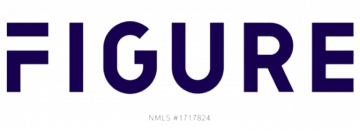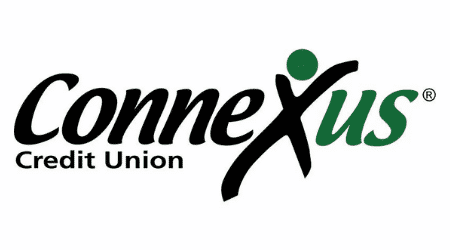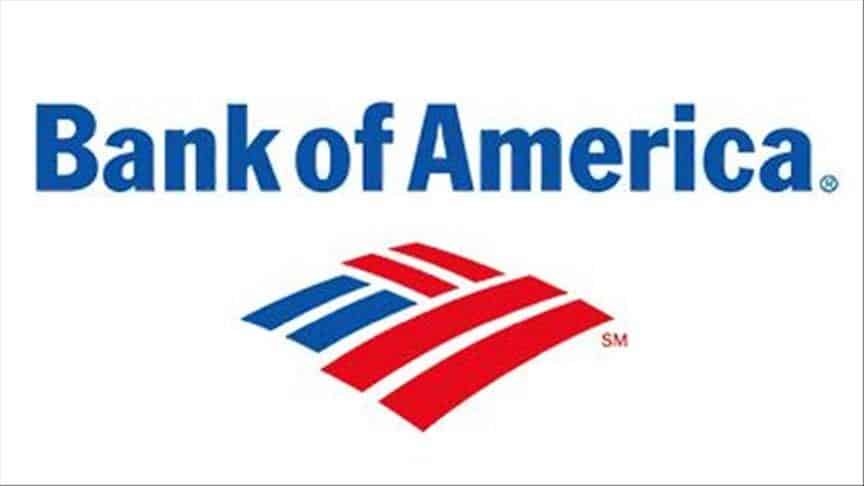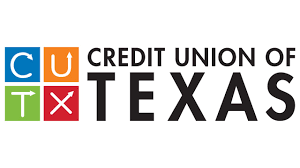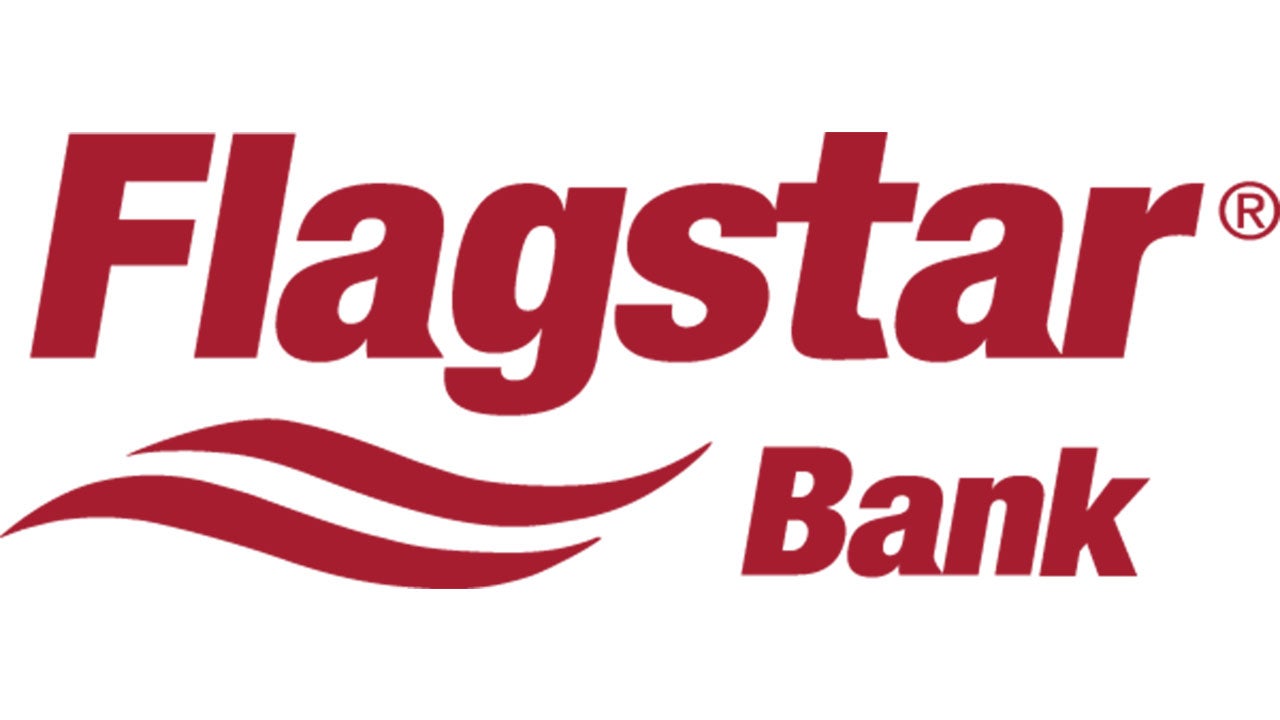Compare the Best HELOC Lenders for April 2024
- HELOC loans from $25,000 to $500,000
- 10 year draw period and 20 year repayment period
- Switch from a variable to a fixed rate
- Interest only payments during 10 year draw period
- Get fast access to your home equity.
- Apply in five minutes and get funding in 5 days.
- Fixed rates from 3.00% APR.
- HELOC up to $250,000
- HELOC loans from $10,000 to $500,000
- 10 year draw period and a 20 year repayment period
- Apply online, by phone, or at a local branch.
- APRs as low as 4.64%
- APRs starting at 3.49%
- HELOC loans starting at $5,000
- 15-year draw period with 15-year repayment period
- Easy online application process
- APRs starting at 1.990% introductory rate
- HELOCs from $25,000 to $1 million
- 10-year draw period, 20-year repayment period
- No application fee or annual fee
- Get a fast decision on HELOC applications
- HELOCs from $20,000 to $750,000
- CUTX charges no prepayment penalties
- Easy online application process
- APRs starting at 3.74%
- HELOC loans from $10,000 to $500,000
- 10-year draw period and 20-year repayment period
- Easy online application process
- Introductory APR 0.99%
- Complete a quick HELOC application online
- HELOC loans from $15,000 up to $1 million
- Funds available within three business days
Important
As seen in






How to Apply for a HELOC
Save money by comparing with us first.
Consider the amount of credit you need.
Compare lenders side-by-side with Financer.com
Find the best HELOC loan for your specific needs
Get started by completing a pre-qualification and checking your rate online.
What is a Home Equity Line of Credit?
A home equity line of credit (HELOC) is a line of credit secured by your home.
These home equity loans are provided by lenders that give you access to a credit line to use for larger expenses or to consolidate higher-interest rate debt on other loans like your credit cards.
Home equity loan rates are typically lower than some other common types of loans and interest also may be tax-deductible, but it’s recommended to consult your tax advisor regarding your interest in this rule.
HELOCs vs Mortgages
While HELOCs and mortgages are similar in many ways, there are quite a few differences:
| Home Equity Loans | HELOCs | |
|---|---|---|
| Interest rates | Fixed | Variable |
| APRs | Slightly higher | Slightly lower |
| Funds disbursement | Lump sum | As much as you need |
| Repayment terms | 10 – 30 years, fixed payments | First 5 – 10 years interest only, last 10 – 20 years interest and principal |
| Best for | Debt consolidation, major purchases, large home improvement projects | Ongoing home improvements, medical expenses, tuition payments |
HELOCs vs Cash-Out Refinance
With a cash-out refinance you replace your current home loan with a larger home loan.
The difference between the new loan and the original mortgage is paid to you in a lump sum.
The main difference between a HELOC and a cash-out refinance is that a HELOC adds a loan to your existing mortgage, whereas a cash-out refinance replaces your current mortgage.
A home equity line of credit is best if you want flexibility and already have a good mortgage rate.
Choose a cash-out refinance if you prefer fixed monthly payments and a lower mortgage rate.
Why Compare HELOCs with Financer.com
How a HELOC Works
A home equity line of credit works like a credit card.
You can borrow up to a specific limit, make repayments, and then borrow again as needed.
A HELOC works more like a credit card than a usual home equity loan. With a typical home equity loan, funds get distributed as one payment into your account. You are then required to pay interest on that full amount.
With a home equity line of credit, on the other hand, you have access to a large amount that you can draw from as you need it. You will also only pay interest on the balance of credit used.
Typical HELOC loans are factored up to taking 85% of the value of your home and subtracting the amount you owe from your credit line.
Example:
If your home is worth $100,000 and you owe $20,000, you might be able to get a credit line as high as $65,000 since you subtracted the amount owed from the $85,000 (85%) evaluation.
This is different from a home equity loan that provides you with a lump sum that you can repay in installments over a set period.
Home equity lines of credit work on a variable interest rate which can go up or down over time. This means when the interest rate rises, so do your monthly repayment amount.
The main benefit of a HELOC is that it offers flexibility. During the loan period, the minimum payment due covers the interest on the balance, so you don’t have to pay the principal amount if you don’t want to.
To get the best home equity loan rates, compare different lenders. By shopping around, you’ll likely find the best home equity line of credit for your needs.
Of course, normal lending factor pattern-based variables are used:
- Your employment history
- Your monthly income to debt ratio
- Your credit score
With a typical line of credit, you have a draw period, which is usually 10 years to use the funds. You go into a payment period where you have to repay the funds, generally up to 20 years.
Below are some of the HELOC rates from top lenders:
| Bank | APR | Credit Score | Loan Amount |
|---|---|---|---|
| Fifth Third Bank | 3.15% – 8.5% APR | N/A | $10,000 – $500,000 |
| Bank of America | 4.32% APR differs between states | N/A | $25,000 – $500,000 |
| Chase Bank | 3.75% – 6.26% APR | N/A | $50,000 – $500,000 |
| Flagstar Bank | 3.99% – 21% APR | Not available in Texas | $10,000 – $500,000 |
| Figure | From 2.99% APR | Min Credit Score 620, 720 in Oklahoma | $15,000 – $250,000 |
| BMO | 3.5% – 18% APR | Min Credit Score 700 | $25,000 – $150,000 |
| Citizen Bank | 3.49% – 21% APR | N/A | $17,500 – $100,000 |
| Citi | 4.09% – 6.99% APR | N/A | $10,000 to $1 million |
| TD Bank | 3.99% – 18% APR | Min Credit Score 740 | From $25,000 |
Most lenders have two options for HELOC repayments. You can choose between only paying interest on the credit used during your draw period or paying interest and principal.
Paying off both will enable you to pay off your debt faster.
Example
A contractor is remodeling your bathroom, so you take out a standard $25,000 home-improvement loan based on the contractor’s estimate.
Suppose the contractor gets the bathroom torn out and finds structural issues that will cost an additional $5,000. In that case, you would have to go back to the bank and attempt to get another $5,000 loan on top of the $25,000 one you already have.
With a HELOC, the contractor could continue working, as long as they don’t go beyond the HELO’s maximum pay-out.
What Are HELOCs Used For?
Most people get home equity lines of credit when they are unsure of the full amount of money they need to borrow. There are many reasons a HELOC is the best lending option.
1. Home Improvements
One of the most common reasons homeowners cite for taking out a home equity loan is to fund home improvement projects and renovations.
The best types of projects are ones that will directly increase the value of your home. Smart choices include adding livable square footage with an addition, renovating the most-used spaces like kitchens and bathrooms, and exterior improvements that boost your “curb appeal.”
2. Debt Consolidation
Because home equity line of credit rates are generally lower than other lending interest rates if you have good credit, people often use them for consolidating smaller debts with higher APRs.
Debts like student loans, small high-interest personal loans, and credit card debt can be overwhelming and keep you in a debt cycle. Debt consolidation works if the HELOC is at a much lower rate than your other debt.
3. Bridge Finance
Often a HELOC can be used as bridging finance if you sell one property and want to purchase another. They are also often used as a down payment for a new property while waiting for your property to sell.
Are There Downsides to HELOCs?
Increased Debt Load
The downside with borrowing against your home’s equity is that you are increasing your debt load against your home.
Whether it’s a home loan or a home equity line of credit, lenders place a second lien on your home, giving them more rights to your home if you fail to make payments. If the market changes and your property is worth less than the debt due to your home or your income drops, and you cannot make payments, you are putting your home at risk.
Fees
There are always fees associated with lines of credit, so it really pays to shop around to make sure you know what you are committing to. Each lender has a different fee structure and different lending criteria, so interest rates and fees range significantly.
>> Online lenders' fees and rates are now competitive with traditional lending. Compare rates here now.
Who Is Eligible For a Line Of Credit?
Each lender has its own guidelines that determine how much they can lend against your property’s value. The combined loan-to-value ratio (CLTV) is what banks use to assess their lending capacity based on the value of the property and your creditworthiness.
Like with other loans and mortgages, your eligibility for a HELOC is determined by your debt to income ratio, income, and credit score. To obtain a Line of credit, you do need at least good credit and many lenders require a FICO score of at least 700.
>> How is a credit score determined?
What Is a Good HELOC Rate?
Home equity loan rates are determined by your credit score and your financial situation. With good credit, your HELOC rate could be around 3% to 5%.
If you have poor credit, you may get HELOC rates of around 9% to 10%.
As of August 2021, the average HELOC rate is 4.1%. In general, anything below this is a good home equity loan rate.
| Loan Type | Average Rate | Average Rate Range |
|---|---|---|
| HELOC | 4.18% | 1.79% – 7.24% |
| 15-year fixed HELOC | 5.61% | 3.38% – 7.50% |
| 10-year fixed HELOC | 5.51% | 3.38% – 7.25% |
| Home equity loan | 5.33% | 3.25% – 7.25% |
Best Home Equity Line of Credit Lenders in 2023
Generally speaking, most mortgage lenders will provide HELOCs at different rates and percentages of the value of the home.
If you’re in good financial health it is advisable to have lenders compete over your business.
For example, say bank a offers you a line at 5.5% maybe you could go to bank B and get the same terms for 5%, then go to bank C and get the offer for 4.85%, and the first 6 billing cycles at 3.25%.
Here are some of the best HELOC lenders in 2022:
PenFed Credit Union
Penfed Credit Union offers HELOCs up to $1 million with APRs from 4.99%.
With a PenFed HELOC, members can enjoy a line of credit based on the equity they have in their homes. Access funds any time to pay off student loans, do home renovations, or fund large unexpected purchases.
A PenFed HELOC is ideal for those with a credit score of 600 or above, and a least a year of W2s. Some additional verification requirements may include two years of tax returns for self-employed individuals and a low debt-to-income ratio.
Tip: PenFed is the best choice for fast funding with an easy online application process and a soft credit pull that won't harm your score.
PenFed offers HELOCs from 25,000 up to $1,000,000 with a 10-year draw period and a 20-year repayment period.
Wells Fargo Home Equity Loans
Wells Fargo home equity loans are temporarily suspended due to current market conditions. You can consider refinancing your mortgage and access available equity with a cash-out refinance option.
Chase Home Equity Loans
Chase offers home equity loans of up to $500,000. Chase offers competitive rates with HELOCs featuring variable rates between 5.50% and 8.14% APR.
Chase home equity loans are available in 47 states as well as Washington, D.C. This lender offers flexible lending amounts and competitive interest rates, while existing Chase customers get discounts.
Borrowers need a minimum credit score of 680 and the repayment terms include a 10-year draw period and a 20-year repayment period.
Chase home equity loans have a $50 origination fee and a $50 annual fee. There are no closing costs or application fees in most cases.
Bank of American Home Equity Loan
Bank of America offers HELOCs in all U.S. states as well as Washington, D.C. If you set up AutoPay you’ll get 0.25% off your rate and up to 0.75% off when making an initial withdrawal. Preferred Rewards Clients can get up to 0.375% off their rates.
A Bank of America home equity loan offers loan amounts from $15,000 to $1 million with up to a 10-year draw and a 20-year repay.
AutoPay payments will see APR rates of around 3.74% to 21%. There are no annual fees, no application fees, and no closing costs on HELOCs.
Pros and Cons of HELOCs
HELOCs offer flexibility and low interest rates while giving you the opportunity to borrow what you need when you need it. However, there are always some risks when you take out any loan, especially when it is secured by your home. Here are some of the key considerations when taking out a HELOC:
Pros
Upfront costs are typically lower than with home equity loans.
There are usually no or low closing costs.
Lower interest rates that offered with a credit card.
You only pay interest on the amount of money you use.
Cons
Some lenders require minimum draws.
Interest rates can go up or down.
Lenders can charge annual fees, cancellation fees, or application fees.
Late payments may damage your credit score and put your home at risk.
What Customers Say About Us
4.60 based on 324 reviews
from Reviews.io
HELOCs - FAQs
Are banks offering HELOCs?
Yes, most banks offer HELOCs. During the COVID-19 pandemic, some lenders suspended new HELOCs but most of them have resumed lending, although some didn’t.
What credit score do I need for a HELOC?
Requirements can vary by lender, but in general, you need a credit score of around 620 or higher. A HELOC may temporarily reduce your credit score.
Are HELOCs tax deductible?
According to the IRS, the interest on a HELOC you pay every year is tax-deductible, up to a specified limit, as long as you use the money to buy, build, or improve a home.
Read More About Loans
6 Loans like Spotloan: Better Options for Fast Cash
Financial emergencies happen, but loans like Spotloan can create long-term financial struggles. Luckily, there are safer, more affordable alternatives. This guide explores direct lenders with
April 1, 2024 22 min read
How to Refinance a Personal Loan: 7 Easy Steps
With the 2023 Household Debt and Credit Survey revealing that consumer debt for American households has surged to an unprecedented $17.1 trillion as of the ...
December 26, 2023 16 min read
Home Equity Loan: What You Need to Know
What is a Home Equity Loan? A home equity loan, often referred to as a second mortgage, is a type of loan where you borrow money ...
April 1, 2024 14 min read


